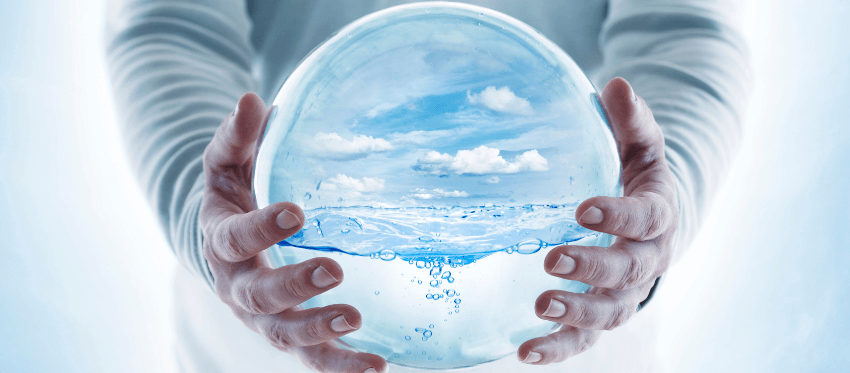
Water conservation is an important practice for all New York City residents to help reduce strain on the water supply system, lower water bills, and support environmental sustainability.
With a few simple daily habits and water-efficient upgrades, households can dramatically cut water usage.
This article outlines practical tips for conserving water in New York City apartments, homes, and businesses which will definitely help you save on your bills.
Why Use Less And Save Water?
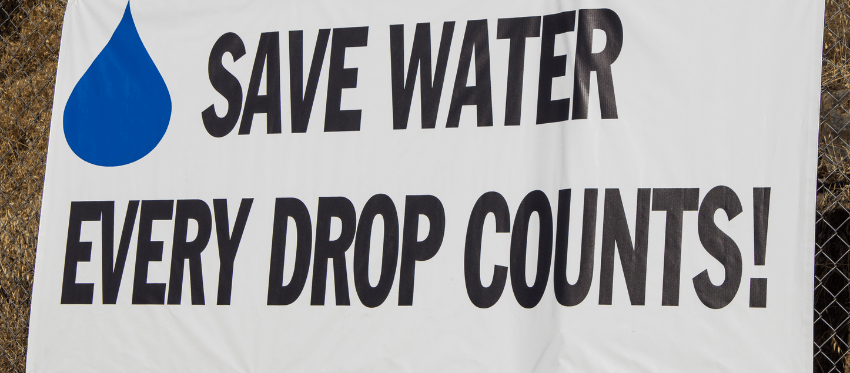
New York City’s water system supplies over 1 billion gallons of clean drinking water daily to over 8 million residents in the metro area.
But with limited nearby freshwater sources and a growing population, conserving water is crucial to ensure a reliable supply into the future.
Using less also cuts the energy required to deliver water and lowers household water bills. Environmentally, reducing demand preserves precious water resources and aquatic ecosystems.
Water Usage Statistics
The average NYC household uses about 80-100 gallons of water per day.
About 26% is utilized in the bathroom, 20% goes towards laundry, 18% is used for showers and baths, 15% waters outdoor plants and lawns, 14% runs down kitchen sinks and dishwashers, and 7% provides for general cleaning needs.
The Main Contributors To High Water Bills
- Water Consumption: The more water you use, the higher your bill will be. From showering and washing dishes to doing laundry and flushing toilets, every drop of water adds up.
- Seasonal Fluctuations: People tend to use more water during the summer months for activities like gardening and filling swimming pools.
- Leaky Fixtures: A dripping faucet or a running toilet can waste a significant amount of water, leading to inflated water bills.
- Outdated Plumbing Systems: Older buildings often have outdated plumbing systems that may not be as efficient in conserving water as newer ones.
Now that we have a better understanding of the factors influencing your water bills, let’s move on to learn about tips that will help saving water and ultimately result in lower water bill.
Bathroom Water Conservation Tips
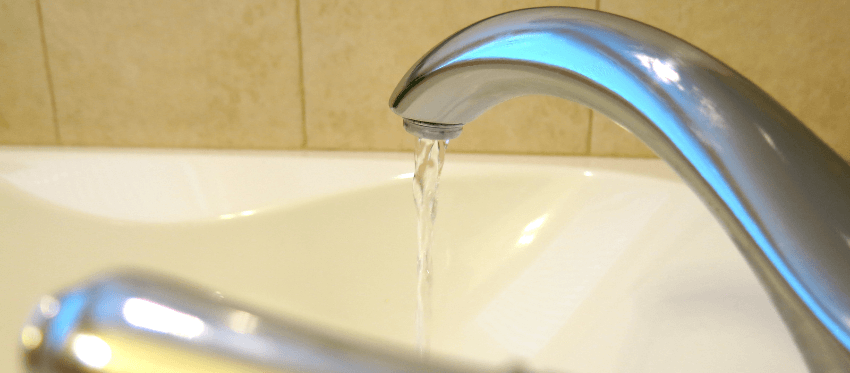
As the tap water user, bathrooms offer great potential for conservation. Some simple habits and upgrades to implement include:
- Take 5-minute or shorter showers.
- Install WaterSense-certified low-flow showerheads.
- Turn off the water while brushing your teeth or shaving.
- Upgrade to high-efficiency WaterSense-certified toilets.
- Check for and fix leaky faucets and toilets.
NYC’s water conservation goals help create a more sustainable and resilient water supply system.
Kitchen Water Conservation Tips
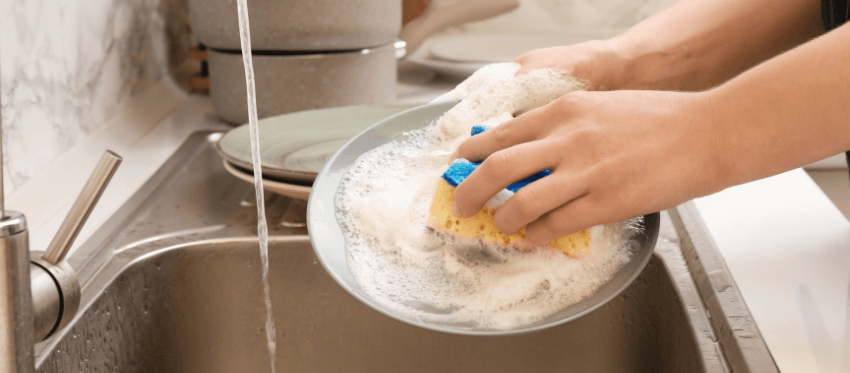
It may be surprising, but the kitchen is the fourth biggest residential water user. Use these approaches to cut kitchen water waste:
- Only run full loads in the dishwasher.
- Hand wash dishes with care – don’t leave water running.
- Install low-flow sink aerators for efficiency.
- Sweep floors instead of hosing down.
- Collect water used to rinse produce for plants.
Laundry Room Water Conservation Tips
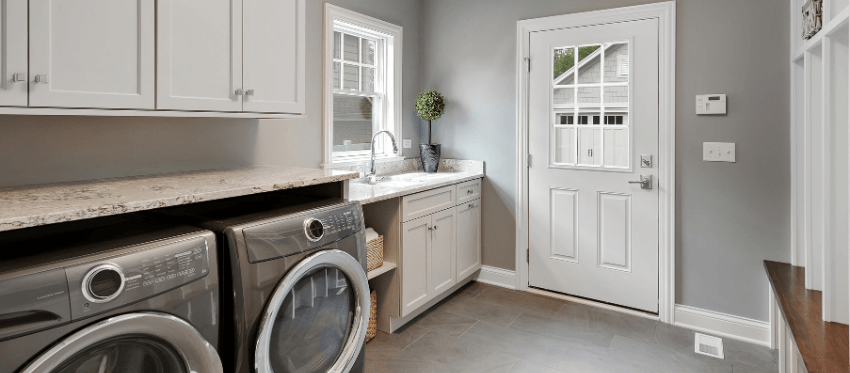
The laundry room offers additional opportunities to optimize water efficiency:
- Wash only full loads of laundry.
- Adjust water levels to match load sizes.
- Consider purchasing a high-efficiency washing machine.
- Check for and repair leaks in the hoses or the machine.
Outdoor/Gardening Water Conservation Tips
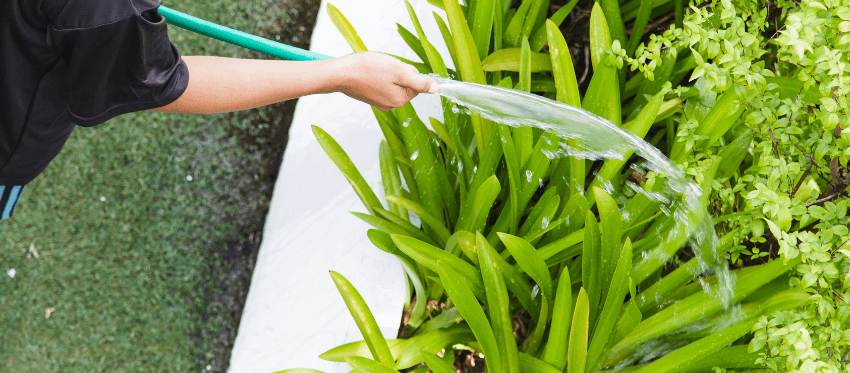
Watering lawns and gardens may soak up 15% of a household’s typical usage. Try these approaches to conserve:
- Install systems to collect rainwater.
- Use soaker hoses and water plants early in the day to reduce evaporation.
- Let grass go dormant during dry periods.
- Follow local limits on outdoor water usage.
Using Water-Efficient Appliances
Upgrading to water-efficient ENERGY STAR certified appliances can dramatically cut water and energy use while saving on utility bills:
- Dishwashers use 4-6 gallons per cycle compared to 20-30 gallons hand washing dishes.
- Washing machines that use 18-25 gallons per load offer big water savings.
- Low-flow toilets utilize 1.28 gallons per flush rather than older 3-5 gallon models.
- Smart irrigation controllers tailor outdoor watering to actual weather and soil conditions.
Switching to these types of high-efficiency appliances greatly reduces household water consumption.
Understanding Your NYC Water Bill
Your NYC water bill reflects your household’s water consumption and the associated charges.
It provides valuable information about your usage patterns, billing cycles, and payment options.
By understanding the components of your water bill, you can gain insights into your water consumption and identify areas where you can make water-saving improvements.
Components of Your Water Bill
- Water Usage Charges – This shows how much water your family or business uses. It’s measured in gallons or “cubic feet” of water. Using more water costs more money per gallon. So try to use less!
- Sewer Charges – Some of the water that goes down drains and toilets needs to be cleaned. This part of your bill helps pay for cleaning that wastewater before it goes back into rivers and lakes.
- Fixed Charges – You pay these fees no matter how much water you use. This money goes to fixing pipes, reading meters, and other costs to deliver water to your home.
- Taxes and Fees – This extra money helps pay for city programs to keep water clean and make NYC water systems better for the future. Kind of like paying it forward!
Reading Your Water Meter
Your home has a water meter that measures how much water you use. You can check it to see your water usage.
Here’s how:
- Find your water meter. It’s usually in the basement.
- Look at the numbers on the meter.
- Compare this to your last bill. The difference shows how much you used.
- Check it a lot to see if you have any leaks.
Inspiring Stories of Successful Water Conservation
People all over New York City are working hard to use less water. Their success stories show that every person can make a difference!
Let me tell you about two of these cool water-saving heroes:
First, there’s a huge neighborhood with apartment buildings called Stuyvesant Town-Peter Cooper Village in Manhattan.
The people who run this neighborhood put a full water conservation program in place. Things like fixing leaks quickly and installing low-flow showerheads.
Their hard work paid off – they reduced water use by 15%! Pretty impressive!
Then there are New Yorkers who started community gardens all around the city. They set up rain collection barrels for water plants and designed smart irrigation systems that use every drop wisely.
Their gardens help teach about how important water is for the whole community. Every drop counts!
It’s just so neat to see regular New Yorkers deciding to cut back and conserve. Now it’s your turn to pitch in! I can give you tips to be a water saver at home.
Using less helps our city now and protects our awesome rivers and bays for your generation and more to come!
What do you think – want to try out some water-saving ideas in your daily routine?
Final Wording
Protecting New York City’s precious clean water supply takes participation from everyone.
A few simple daily habits like taking shorter showers or running full loads of laundry can cut back water waste significantly.
Investing in water-efficient fixtures and appliances also leads to meaningful long-term reductions in usage.
Conserving water eases the strain on NYC’s water system infrastructure to benefit all residents.
FAQs: NYC Water Conservation Tips
What are the benefits of conserving water?
Conserving water reduces strain on NYC’s limited water supply, lowers household water bills, decreases water treatment costs, and supports environmental sustainability.
What uses the most water in my home?
Bathrooms utilize the highest percentage, followed by the laundry room, showers, outdoors, and the kitchen. Target these areas to maximize conservation.
How much can I save by upgrading appliances?
Replacing old models with WaterSense or ENERGY STAR certified high-efficiency appliances can reduce water and energy use by 30-50%, resulting in significant cost savings.
What’s an easy daily habit to conserve water?
Simple everyday actions like taking 5-minute showers, fully loading dishwashers and laundry, and turning off faucets while brushing save up to gallons per day.
How does conserving water help the environment?
Lower demand preserves NYC’s limited freshwater supply in rivers, lakes, and aquifers and reduces discharge of treated wastewater into waterways.
